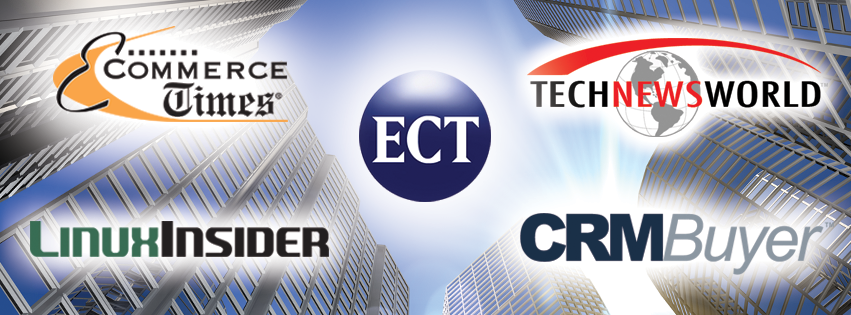


ECT News Network delivers e-commerce and technology news, reviews, and analyses on The E-Commerce Times, TechNewsWorld, CRM Buyer, and LinuxInsider. Stay informed by subscribing to our newsletters: https://www.ectnews.com/about/newsletters
199 Bu gibi insanlar
0 Yazı
0 Fotoğraflar
0 Videolar



